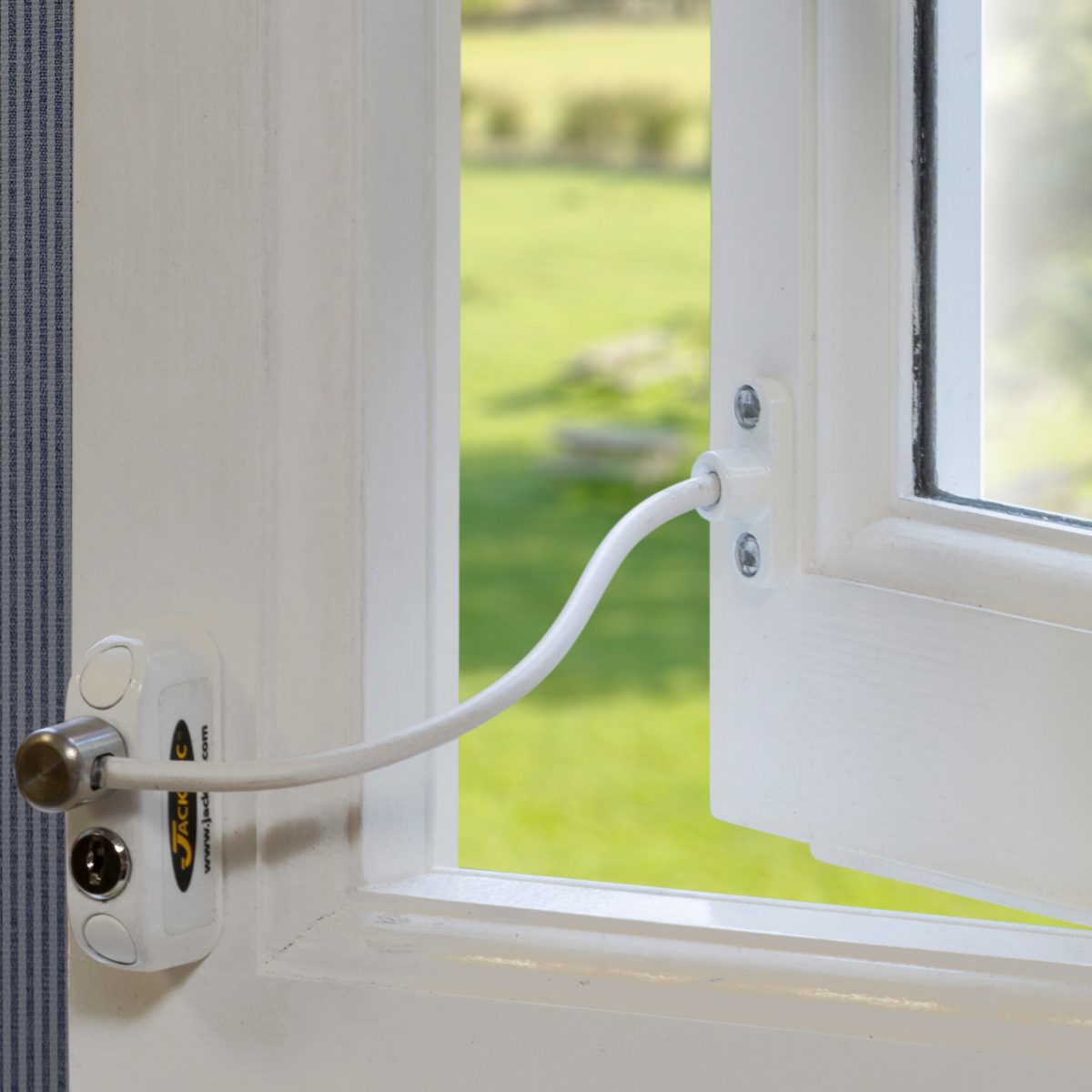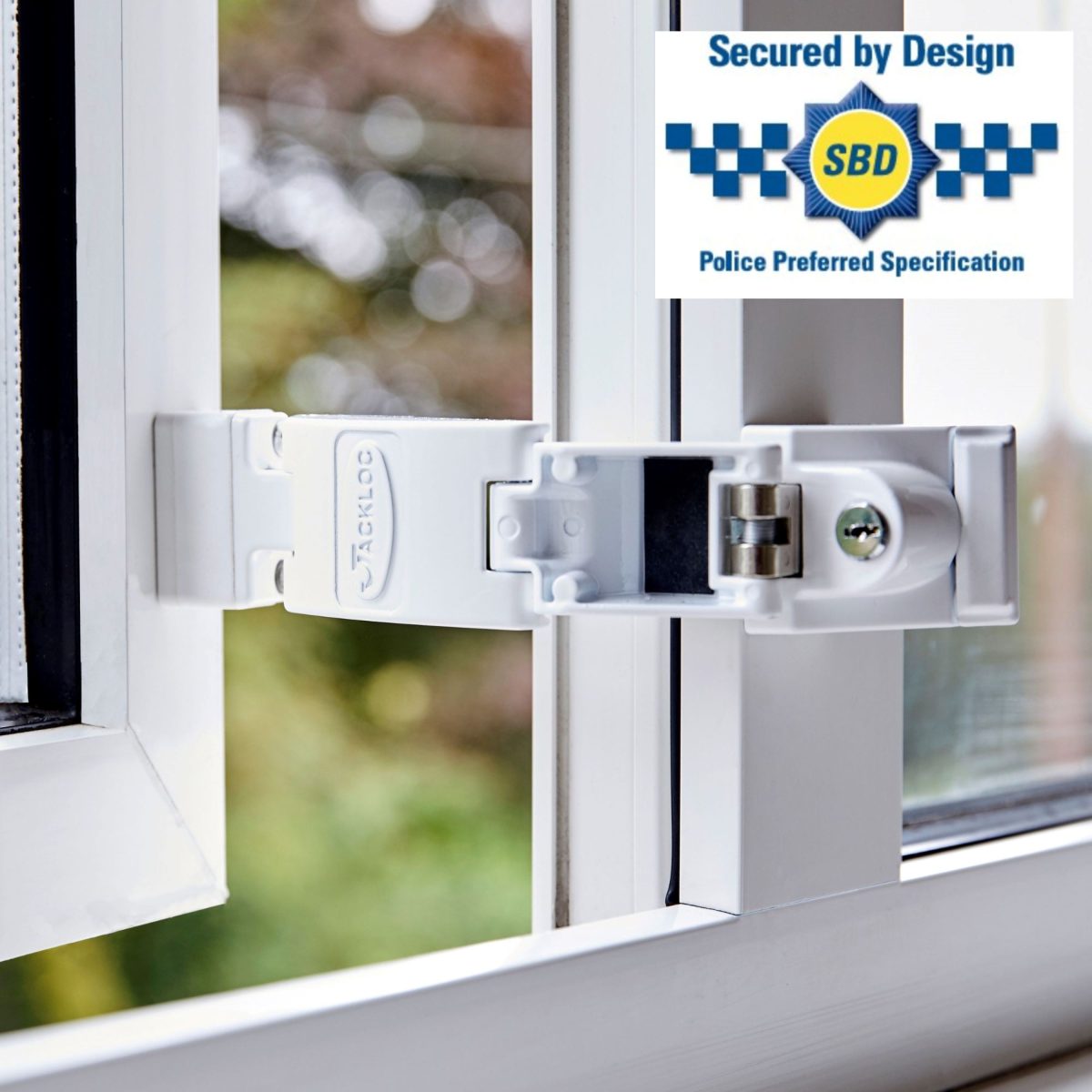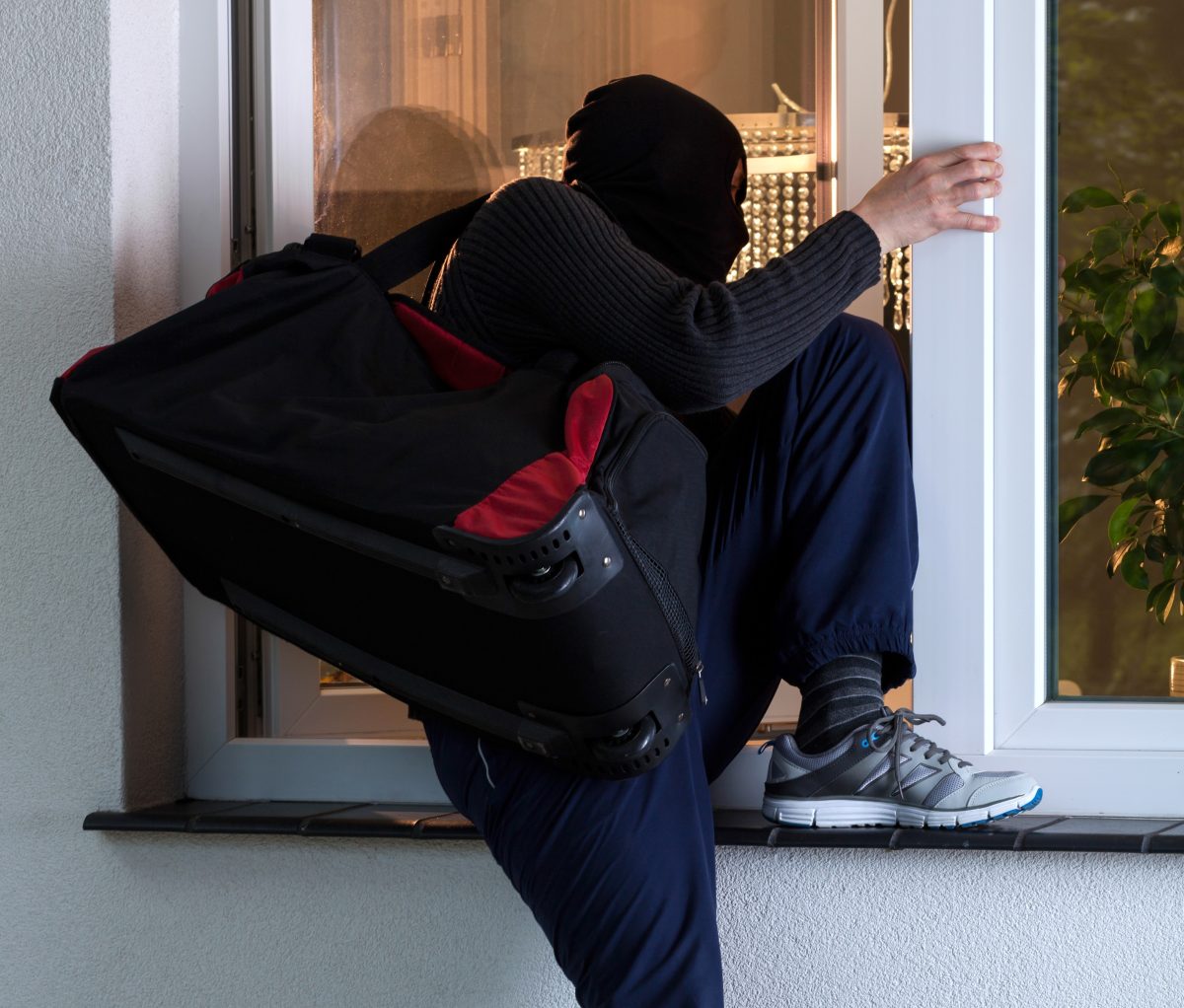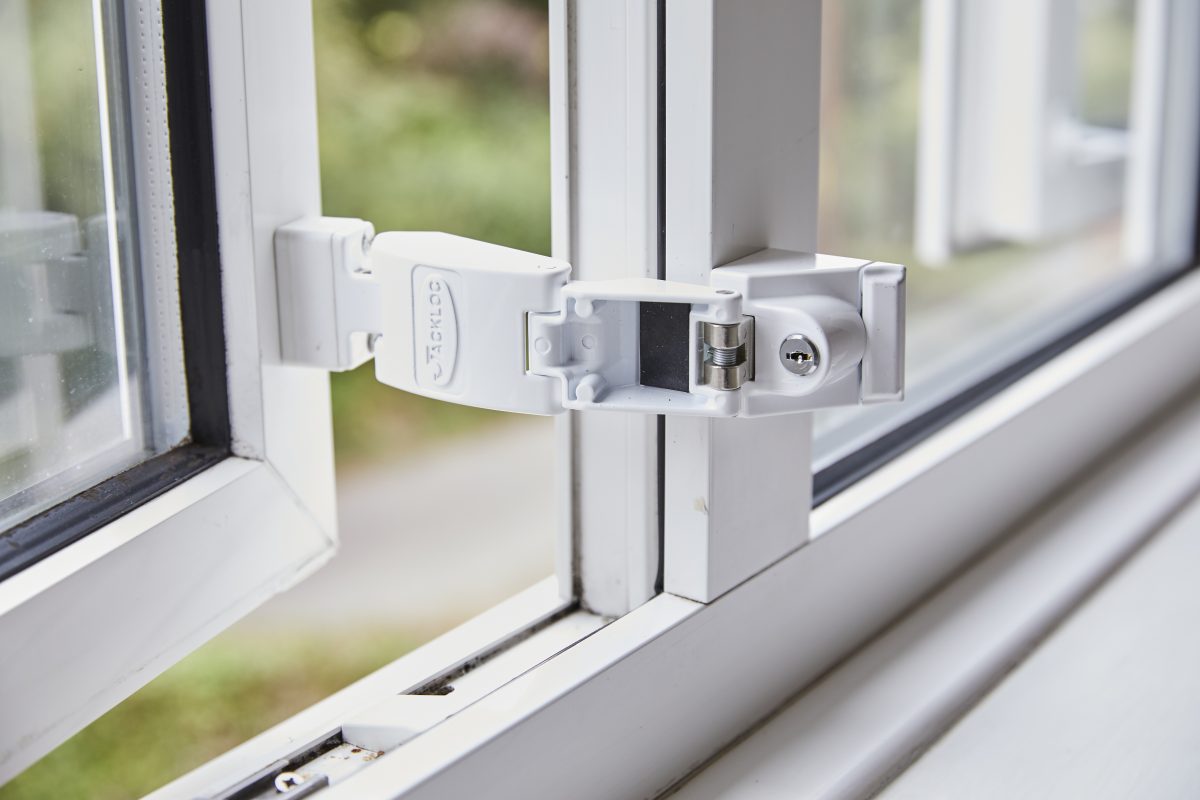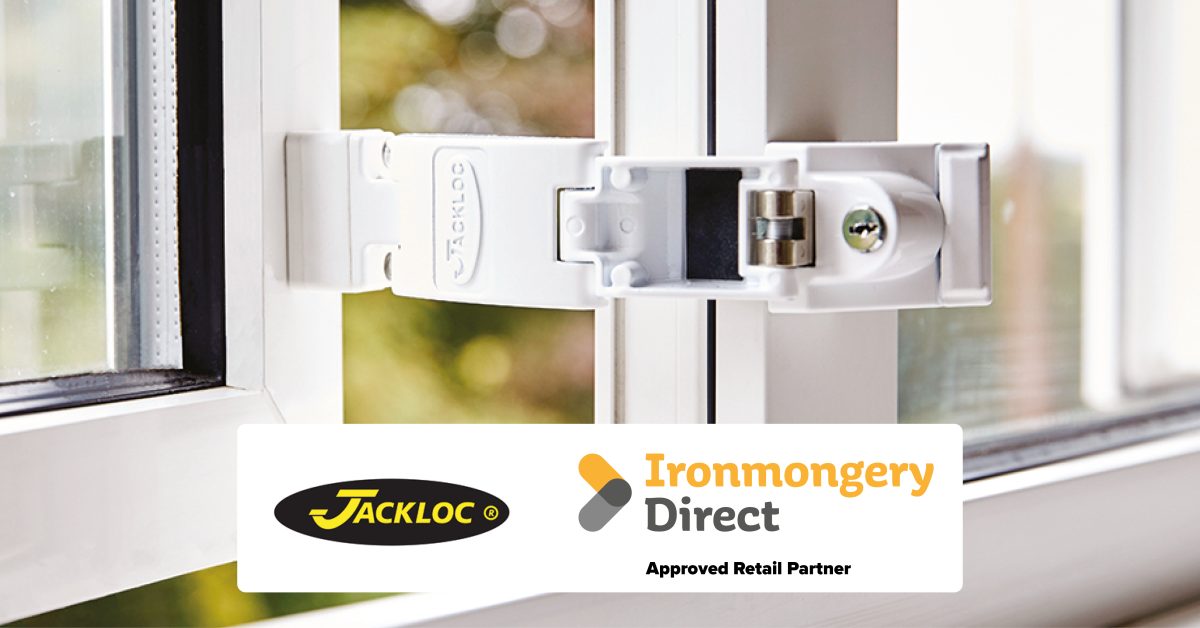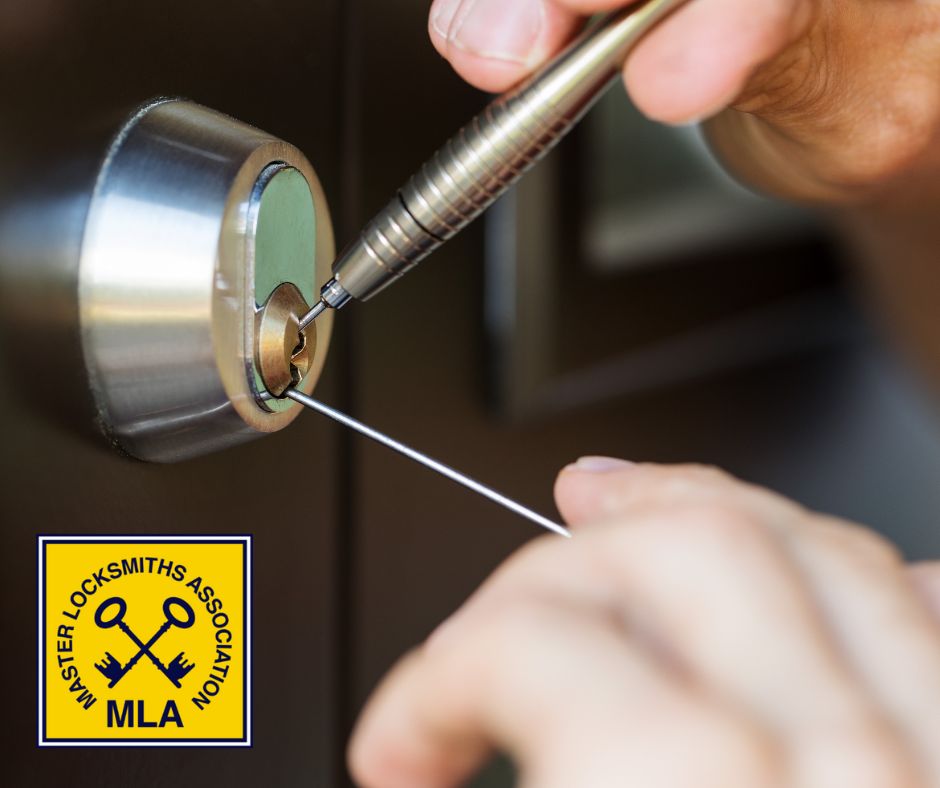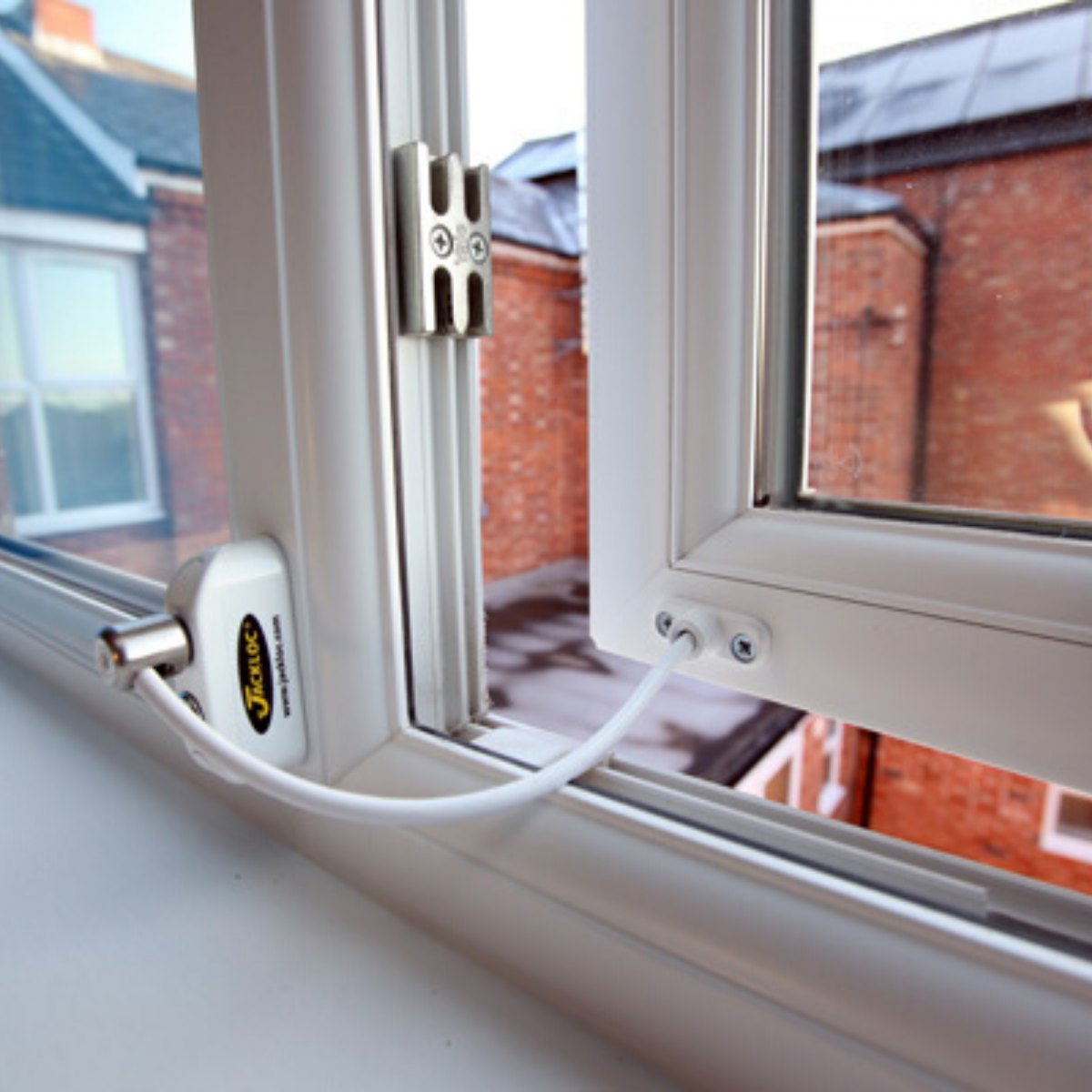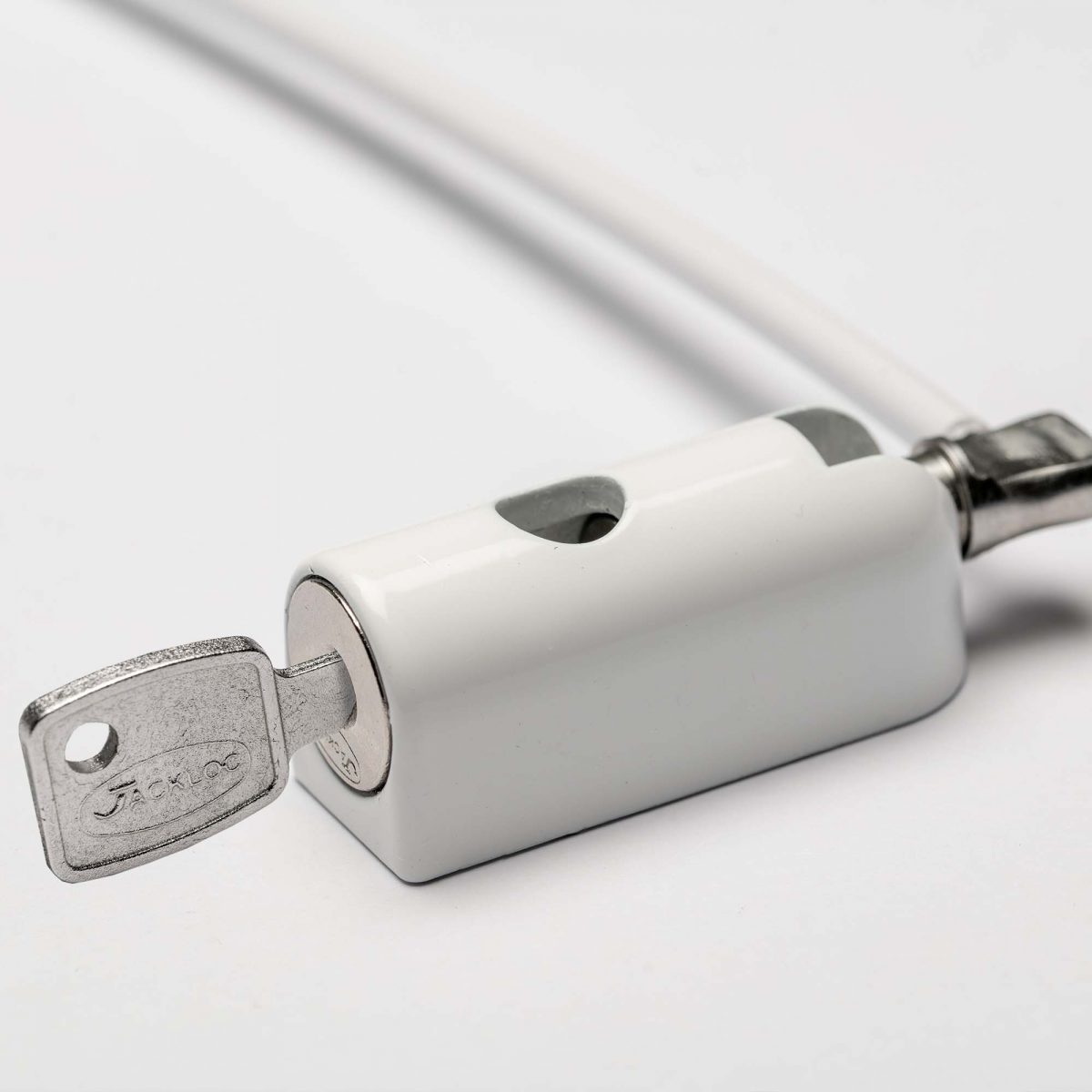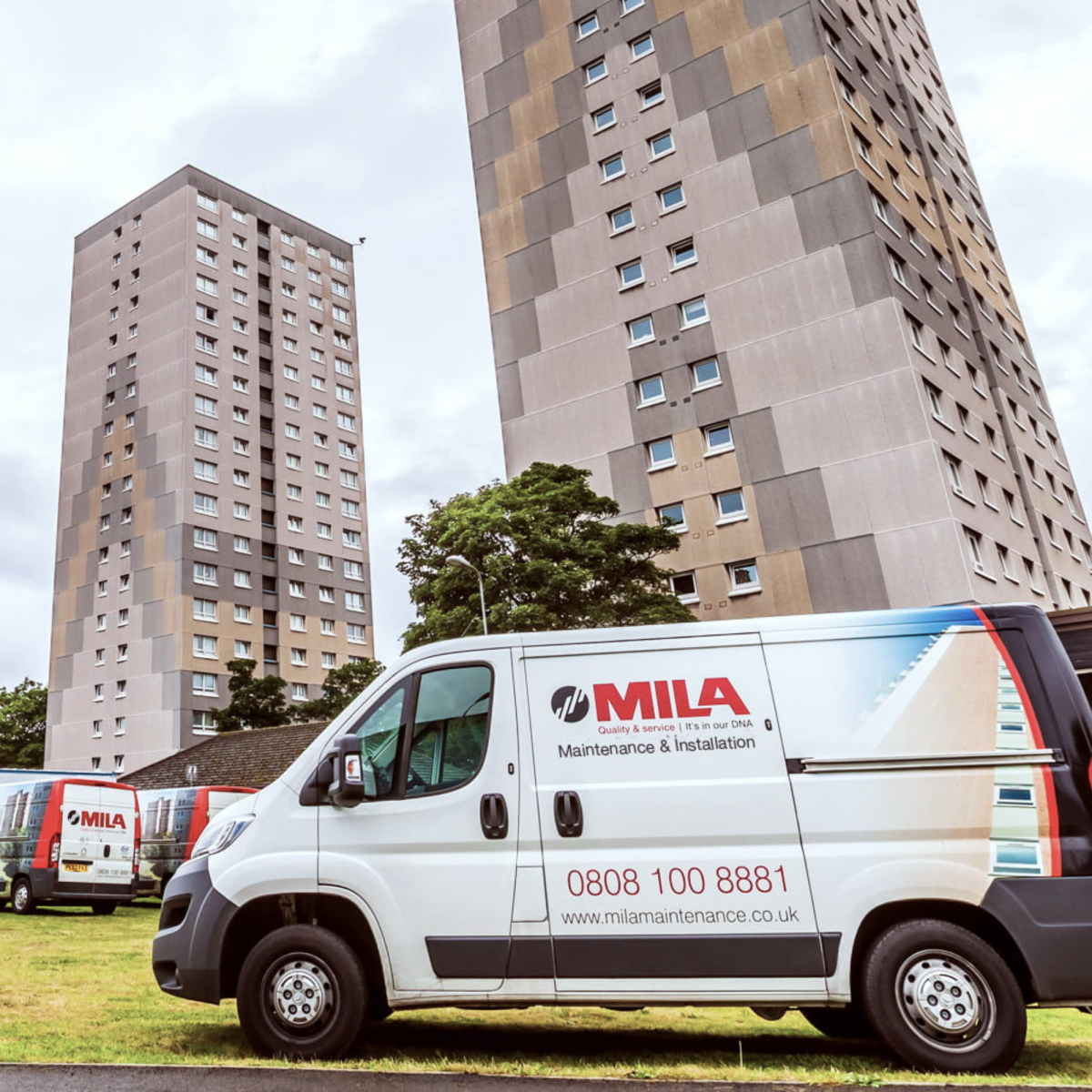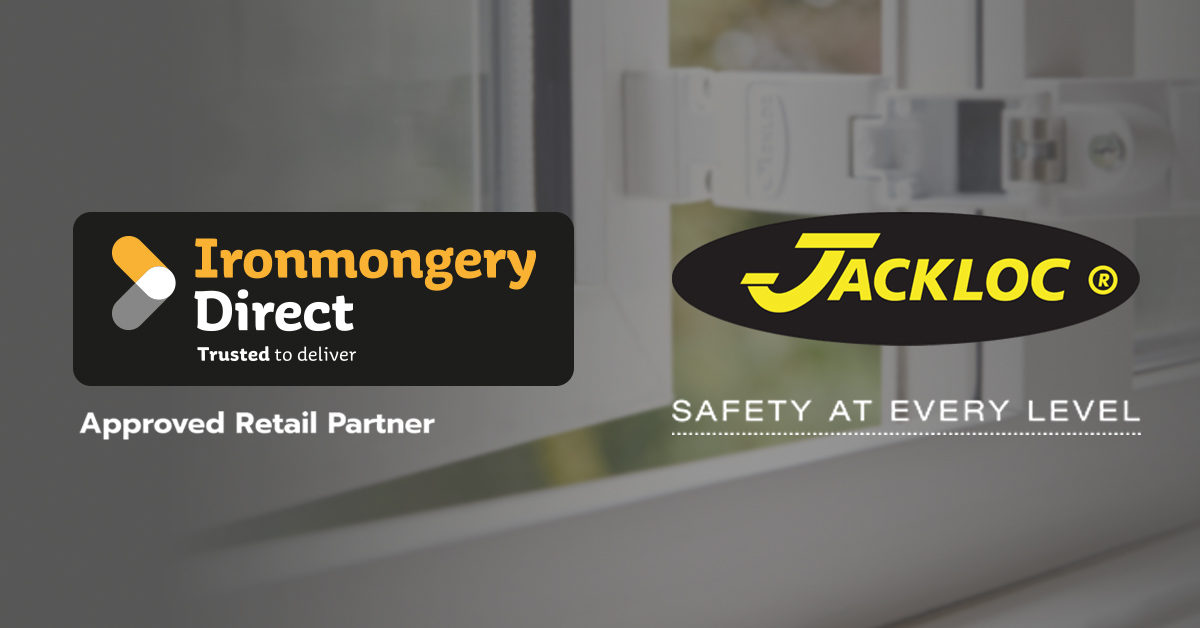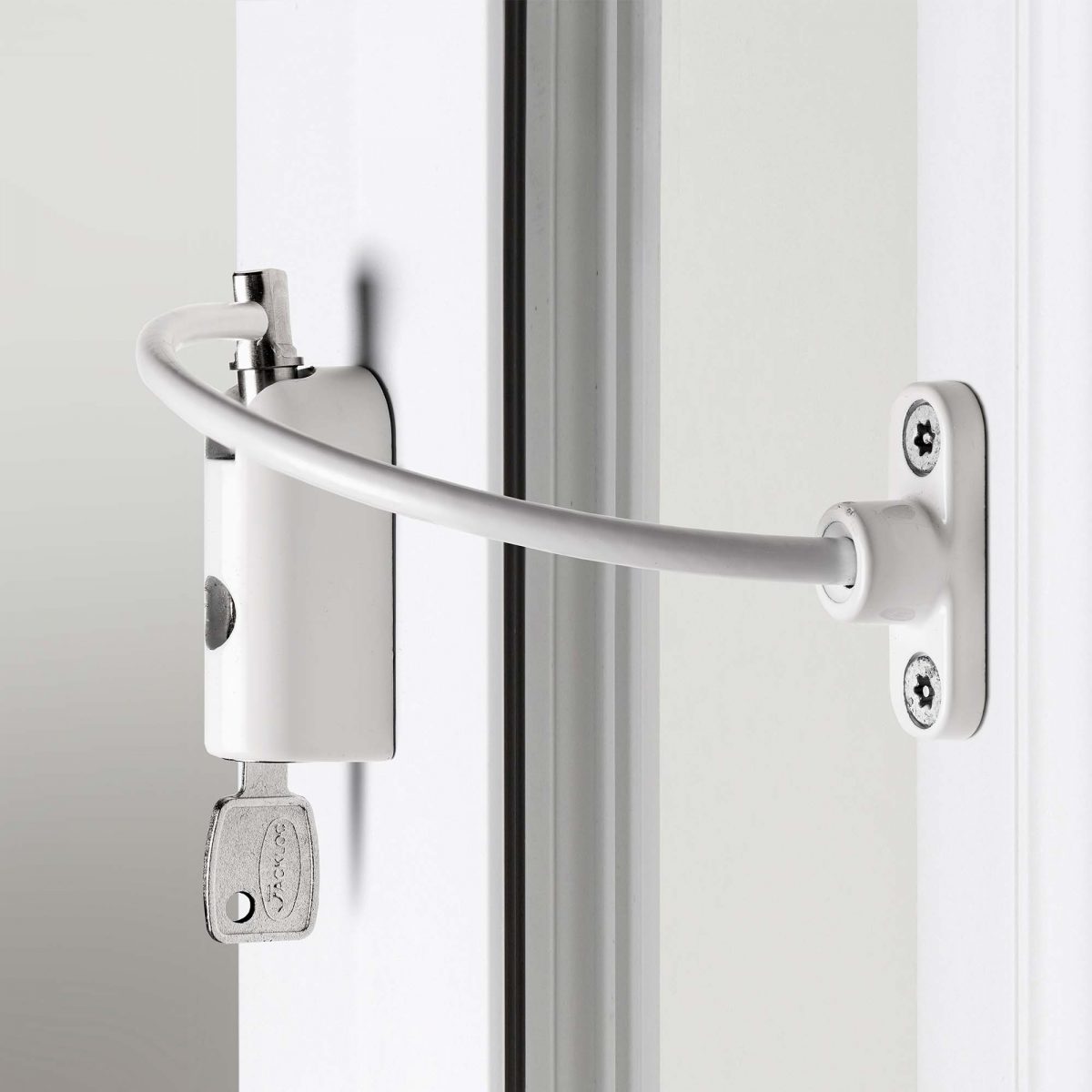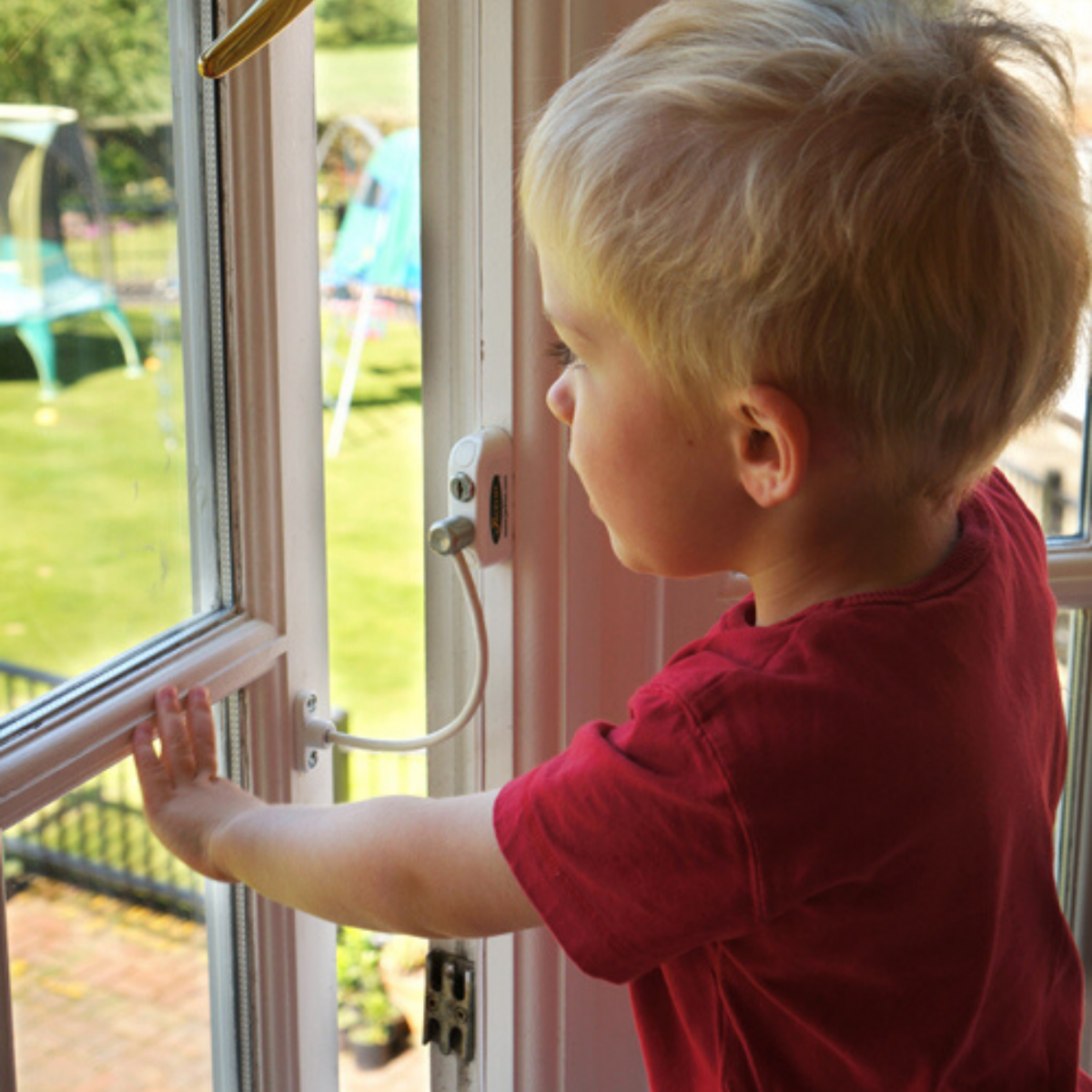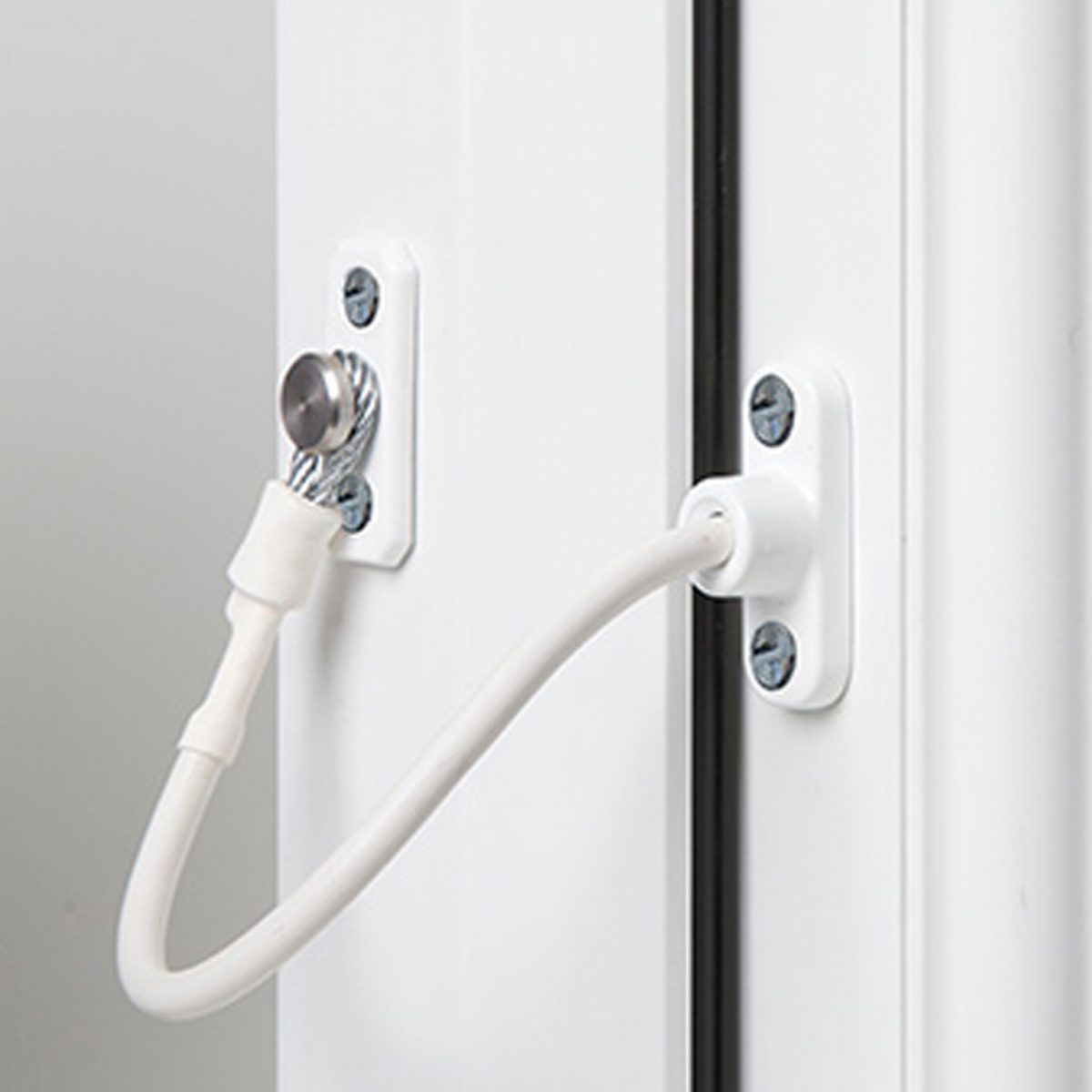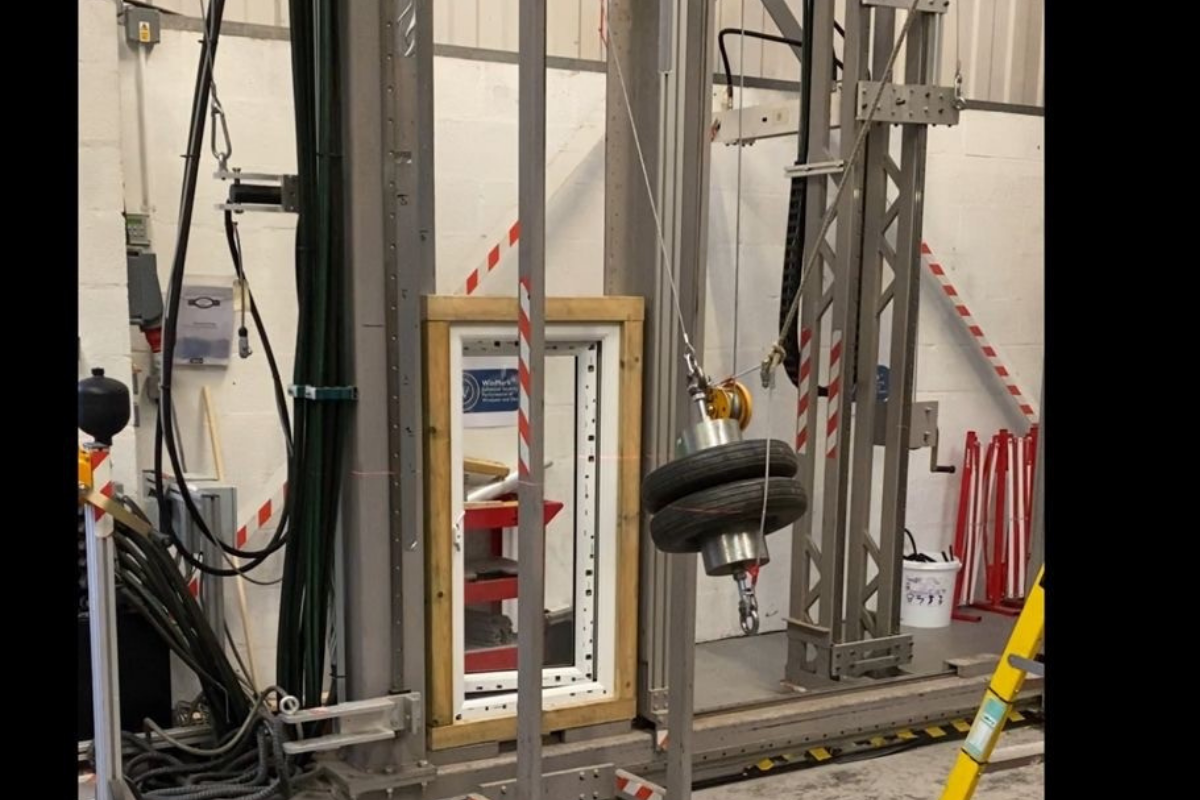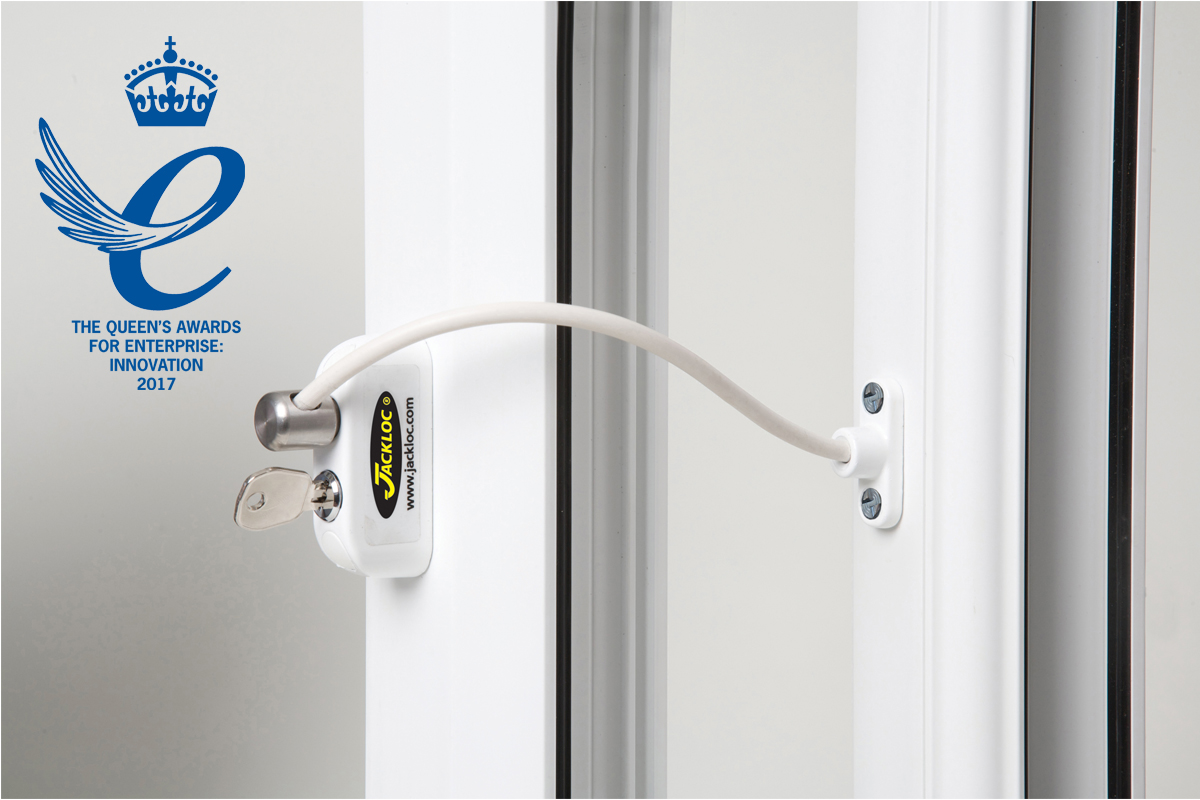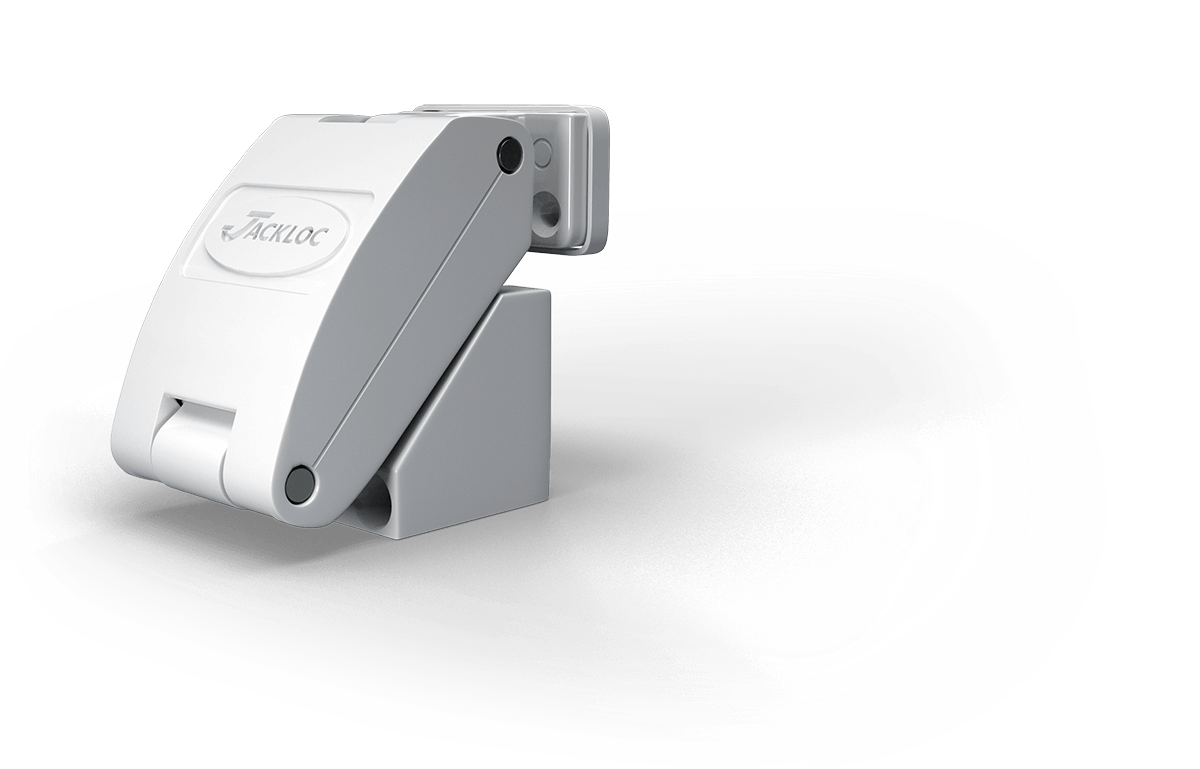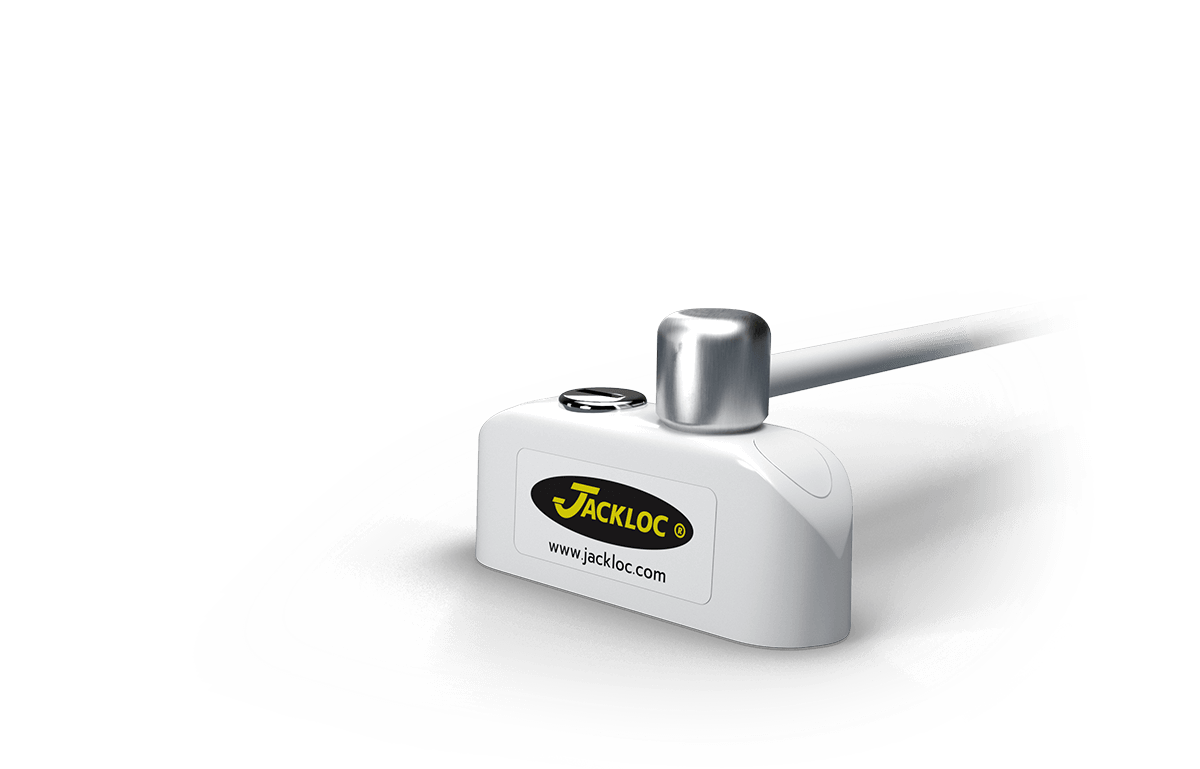We look at the differences between the two types of window restrictors
A concealed window restrictor vs a retrofitted window restrictor, what’s the difference? What types of window restrictor are there? We often get asked these questions about types of window restrictor, especially where concealed restrictors may appear cheaper at first glance. To explain the differences and the benefits, we thought we’d share our advice and where each restrictor type should be used.
The first question may be, what is a window restrictor and where should they be fitted?
A window restrictor (also often called a window lock) of any type enables you to restrict the window to opening no wider than 100mm. The reasons are usually to keep people safe from falls and to aid the security of a home or building.
In some situations having window restrictors fitted is official guidance, particularly in healthcare environments and in education buildings above the ground floor. In homes, families often fit window restrictors to upstairs bedroom windows to help prevent children from falls. This is a sensible move as ROSPA, a leading organisation for the prevention of accidents in the UK state that over 4,000 children a year suffer falls from windows, which is particularly relevant where bedrooms and living spaces are above-ground floors in high-rise buildings. You can read our guide to choosing child window locks here
There are different types of window restrictors available, and both a concealed restrictor and a Jackloc retrofitted window restrictor work in very different ways.
You might be wondering what types of window restrictor are available. A concealed window restrictor is a metal unit that is fitted to the inside of the window frame. The concealed window restrictor typically restricts the window opening to 100mm and can be released easily by pressing a button in order to open the window further. There is no key with this type of restrictor and its easy for someone to accidently push the button and open the window completely. This poses a risk from accidental falls as well as deliberate action.
A retrofitted Jackloc window restrictor is less easy to disengage. This type of retrofitted window restrictor is available in 3 key styles:
1: Key-operated window lock – these can be disengaged with a key.
2: Keyless restrictors – these enable the window to be fully opened with a push and twist mechanism.
3: Permanently fixed – these options are permanently fixed to a maximum of 100mm opening.
Retrofitted window restrictors are available with a cable or with a steel folding body. The Jackloc cable window restrictors have a steel body and reinforced zinc cable which is fitted to the window with grade 4 security screws (which are provided with the lock.) The Titan by Jackloc window security restrictor is a full steel restrictor that fits flush to the window, again fitted with grade 4 security screws that are provided.
Both the Jackloc cable window restrictor and the Titan restrict the window opening to 100mm. Both can be used as a window lock with a key so that the person with the key can completely open the window, or they can be permanently fixed. The permanently fixed window restrictor also sometimes called a window restrictor non lockable, is particularly useful for education settings or commercial settings where keys may be more easily lost.
What is the difference between a concealed restrictor and a Jackloc window restrictor?
Concealed window restrictors vary in style and function. Some require a two-handed unlocking process, and some operate with an easier push-button release mechanism, so it is worth understanding what environment the restrictors will be going into, in order to ensure that the strongest and safest is in use.
In some particular cases, concealed restrictors are simply not suitable. In healthcare settings, official guidance from the HSE states that window restrictors should only be able to be opened by a special tool or key, in order to maintain safety and reduce the risk of falls.
Testing requirements
Strength and testing standards may also differ. Jackloc retrofitted window restrictors undergo stringent testing to ensure that they not only meet but exceed British Standards testing for all domestic and commercial environments. Force tests ensure that the weight of 34 stone and above can be with-held – which is particularly important for high-rise accommodation and healthcare accommodation.
In student accommodation areas, it is useful to have Jackloc window restrictors fitted in order to prevent window damage from having the windows open or on a less-strong locking device during storms and typical “student nightlife activities”!
Additionally, where security is an issue, a Jackloc window lock restrictor will perform better than a concealed window restrictor because of the strength and locking mechanism of the product. The Titan by Jackloc recently became the first and only window restrictor to be accredited and approved by crime prevention testing centre Sold Secure, after enduring a series of burglary enactments.
In some situations, the warranty of the window may be affected by a concealed window restrictor, so it is worth checking with your provider before fitting. All Jackloc window restrictors are provided with a 10-year guarantee.
Easy-Fit Window Restrictors
All Jackloc window restrictors are easy-fit, it’s a very quick and simple DIY job needing only a drill and a pencil. Take a look at the fitting instructions to see just how easy it is.
Stronger, safer more secure window restrictors
To summarise, a Jackloc window restrictor is stronger and safer than concealed window restrictors due to the strong parts used, the locking ability, and the testing standards that Jacklocs exceed.
But don’t just take our word for it. The Jackloc Titan high security window restrictor has been awarded Sold Secure status by the Master Locksmiths Association as well as Secure by Design certification which means it is Police Preferred. Jackloc window restrictors are also used by international hotel chains, care home providers, in education buildings and hospitals.
We have recently launched free virtual window site surveys and risk assessments to aid companies looking for advice on what type of window restrictor is most suitable for different environments. To book one, or for more information on Jackloc products, please contact us using the form below.





